D&T
Design and Technology
The aims of the Design & Technology curriculum at Ashbury Meadow Primary School are to ensure that children are equipped with the knowledge to design and make high quality products through an iterative and evaluative design process. Our spiral curriculum ensures that children develop and build on their substantive knowledge as they progress through the year groups and build their disciplinary knowledge through the eight design and technology concepts: user, purpose, funcionality, design criteria and specification, sturdiness, sustainability, innovation and finish and decoration.
We ensure that opportunities build upon the knowledge and skills learnt in EYFS, in the specific area of learning ‘Expressive Arts and Design’. Design and Technology is blocked in Years 1 to 6, with a unit taking place each term where they have the opportunity to carry out the design process from start to finish. We have ensured that the curriculum is relevant to the children and our school context, that key concepts are revisited regularly and connections are made to other curriculum areas.
When designing, children consider the purpose, function and appeal of the products already available. Children are also taught how to communicate their designs.
Children are taught to select from and use a range of tools and equipment to perform practical tasks. Children also have the opportunity to select from a wide range of materials and components. When selecting materials children are encouraged to reflect on the suitability of the materials they choose. Children are shown how to build structures, create mechanisms and follow recipes.
Children are given the opportunity to evaluate at different points in the design process. During the design stage, children evaluate a range of existing products against design criteria. At the end of the design process children are given an opportunity to evaluate their own products and the products of their peers.
Key Stage 1 pupils build on the knowledge learnt in EYFS. Children design products that appeal to themselves and others, based on a design criterion. Children communicate their ideas through methods appropriate to their developmental age, for example talking, drawing and making mock-ups. When making products, children have the opportunity to choose from a wider range of materials.
Key stage 2 build on the knowledge learnt in key stage 1. Children design products that are aimed at particular individuals or groups. They communicate their ideas at a higher level, for example using annotated sketches and cross-sectional diagrams. When making products, Key Stage 2 children consider the aesthetic quality of their materials. Children also have the opportunity to use a wider range of tools and equipment to perform practical tasks (e.g. joining and finishing).

